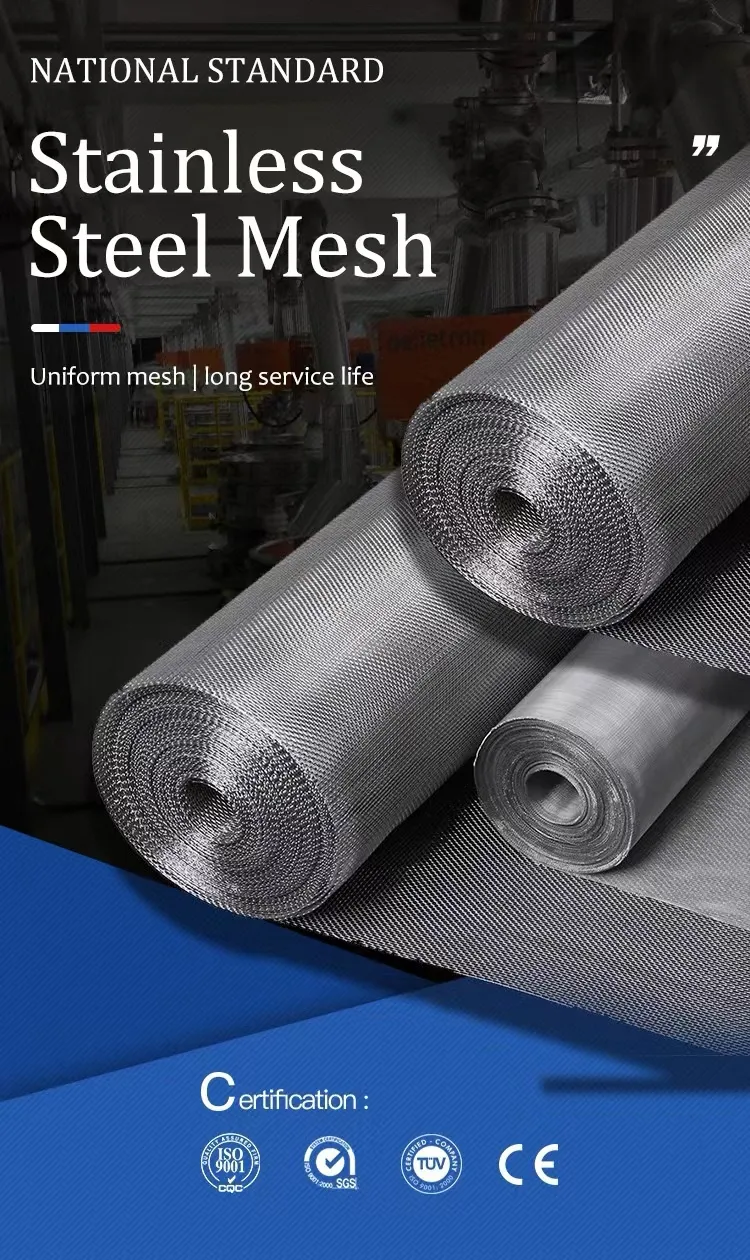-
 Afrikaans
Afrikaans -
 Albanian
Albanian -
 Amharic
Amharic -
 Arabic
Arabic -
 Armenian
Armenian -
 Azerbaijani
Azerbaijani -
 Basque
Basque -
 Belarusian
Belarusian -
 Bengali
Bengali -
 Bosnian
Bosnian -
 Bulgarian
Bulgarian -
 Catalan
Catalan -
 Cebuano
Cebuano -
 China
China -
 Corsican
Corsican -
 Croatian
Croatian -
 Czech
Czech -
 Danish
Danish -
 Dutch
Dutch -
 English
English -
 Esperanto
Esperanto -
 Estonian
Estonian -
 Finnish
Finnish -
 French
French -
 Frisian
Frisian -
 Galician
Galician -
 Georgian
Georgian -
 German
German -
 Greek
Greek -
 Gujarati
Gujarati -
 Haitian Creole
Haitian Creole -
 hausa
hausa -
 hawaiian
hawaiian -
 Hebrew
Hebrew -
 Hindi
Hindi -
 Miao
Miao -
 Hungarian
Hungarian -
 Icelandic
Icelandic -
 igbo
igbo -
 Indonesian
Indonesian -
 irish
irish -
 Italian
Italian -
 Japanese
Japanese -
 Javanese
Javanese -
 Kannada
Kannada -
 kazakh
kazakh -
 Khmer
Khmer -
 Rwandese
Rwandese -
 Korean
Korean -
 Kurdish
Kurdish -
 Kyrgyz
Kyrgyz -
 Lao
Lao -
 Latin
Latin -
 Latvian
Latvian -
 Lithuanian
Lithuanian -
 Luxembourgish
Luxembourgish -
 Macedonian
Macedonian -
 Malgashi
Malgashi -
 Malay
Malay -
 Malayalam
Malayalam -
 Maltese
Maltese -
 Maori
Maori -
 Marathi
Marathi -
 Mongolian
Mongolian -
 Myanmar
Myanmar -
 Nepali
Nepali -
 Norwegian
Norwegian -
 Norwegian
Norwegian -
 Occitan
Occitan -
 Pashto
Pashto -
 Persian
Persian -
 Polish
Polish -
 Portuguese
Portuguese -
 Punjabi
Punjabi -
 Romanian
Romanian -
 Russian
Russian -
 Samoan
Samoan -
 Scottish Gaelic
Scottish Gaelic -
 Serbian
Serbian -
 Sesotho
Sesotho -
 Shona
Shona -
 Sindhi
Sindhi -
 Sinhala
Sinhala -
 Slovak
Slovak -
 Slovenian
Slovenian -
 Somali
Somali -
 Spanish
Spanish -
 Sundanese
Sundanese -
 Swahili
Swahili -
 Swedish
Swedish -
 Tagalog
Tagalog -
 Tajik
Tajik -
 Tamil
Tamil -
 Tatar
Tatar -
 Telugu
Telugu -
 Thai
Thai -
 Turkish
Turkish -
 Turkmen
Turkmen -
 Ukrainian
Ukrainian -
 Urdu
Urdu -
 Uighur
Uighur -
 Uzbek
Uzbek -
 Vietnamese
Vietnamese -
 Welsh
Welsh -
 Bantu
Bantu -
 Yiddish
Yiddish -
 Yoruba
Yoruba -
 Zulu
Zulu
Effective Strategies for Safeguarding Plants Against Environmental Threats and Pests
Protection Net for Plants A Sustainable Solution for Agriculture
In recent years, the demand for sustainable agricultural practices has intensified, driven by a growing global population and the pressing need for food security. One innovative solution gaining traction is the use of protection nets for plants. These nets serve as a crucial barrier against various environmental threats, enhancing crop yield and promoting sustainable farming methods.
Understanding Protection Nets
Protection nets, also known as plant covers or shading nets, are typically made from durable synthetic materials, such as polyethylene or polypropylene. They come in various sizes and mesh densities, allowing farmers to choose the appropriate type based on their specific crop needs and environmental conditions. These nets offer several benefits, including protection from adverse weather conditions, pests, and birds, while also regulating temperature and humidity for optimal growth.
Benefits of Using Protection Nets
1. Pest Control One of the most significant threats to agriculture is pest infestation. Protection nets can act as a physical barrier, preventing insects from accessing plants. This reduces the need for chemical pesticides, promoting organic farming practices and safeguarding beneficial insects.
2. Weather Protection Harsh weather conditions, such as heavy rain, hail, and strong winds, can severely damage crops. Protection nets provide a shield against these elements, ensuring that plants are less vulnerable to environmental stress. Additionally, they can help regulate sunlight exposure, preventing plants from overheating during extremely hot days.
3. Bird Deterrent Birds can pose a significant threat to fruit and vegetable crops, often consuming or damaging the produce before harvest. Covering crops with protection nets can deter birds effectively, minimizing crop loss and ensuring better yield quality.
protection net for plants

4. Temperature Regulation Certain protection nets are designed to create a microclimate around the plants. By providing shade and reducing wind exposure, these nets can maintain optimal temperatures for plant growth, thereby promoting healthier plants and improved yields.
5. Water Efficiency With the application of protection nets, farmers can better manage irrigation. The nets can reduce evaporation rates, ensuring that moisture remains within the soil longer. This results in lower water usage and promotes efficient agricultural practices, especially in arid regions.
Sustainable Agriculture and Environmental Impact
The implementation of protection nets aligns with the principles of sustainable agriculture. By reducing reliance on chemical pesticides and minimizing crop loss due to environmental factors, these nets contribute to more sustainable farming practices. Moreover, they can significantly lower production costs over time, making them financially advantageous for farmers.
Additionally, the reduced need for chemical interventions leads to less environmental pollution, contributing to healthier ecosystems. As more farmers adopt such technologies, the overall impact on biodiversity and soil health is likely to be positive.
Conclusion
As agriculture faces increasing challenges due to climate change, pest resistance, and the need for sustainable practices, protection nets offer a viable solution. These nets not only protect plants but also promote an environmentally friendly approach to farming. By reducing chemical usage, managing water resources efficiently, and enhancing crop resilience against environmental stressors, protection nets can play a significant role in ensuring food security for the future.
Embracing innovation in agriculture, such as the use of protection nets, will be vital for farmers looking to adapt to changing conditions while remaining economically viable. As we move forward, it is essential to recognize and implement these sustainable practices to create a more resilient agricultural landscape.
-
Shipping Plastic Bags for Every NeedNewsJul.24,2025
-
Safety Netting: Your Shield in ConstructionNewsJul.24,2025
-
Plastic Mesh Netting for Everyday UseNewsJul.24,2025
-
Nylon Netting for Every UseNewsJul.24,2025
-
Mesh Breeder Box for Fish TanksNewsJul.24,2025
-
Expanded Steel Mesh Offers Durable VersatilityNewsJul.24,2025











